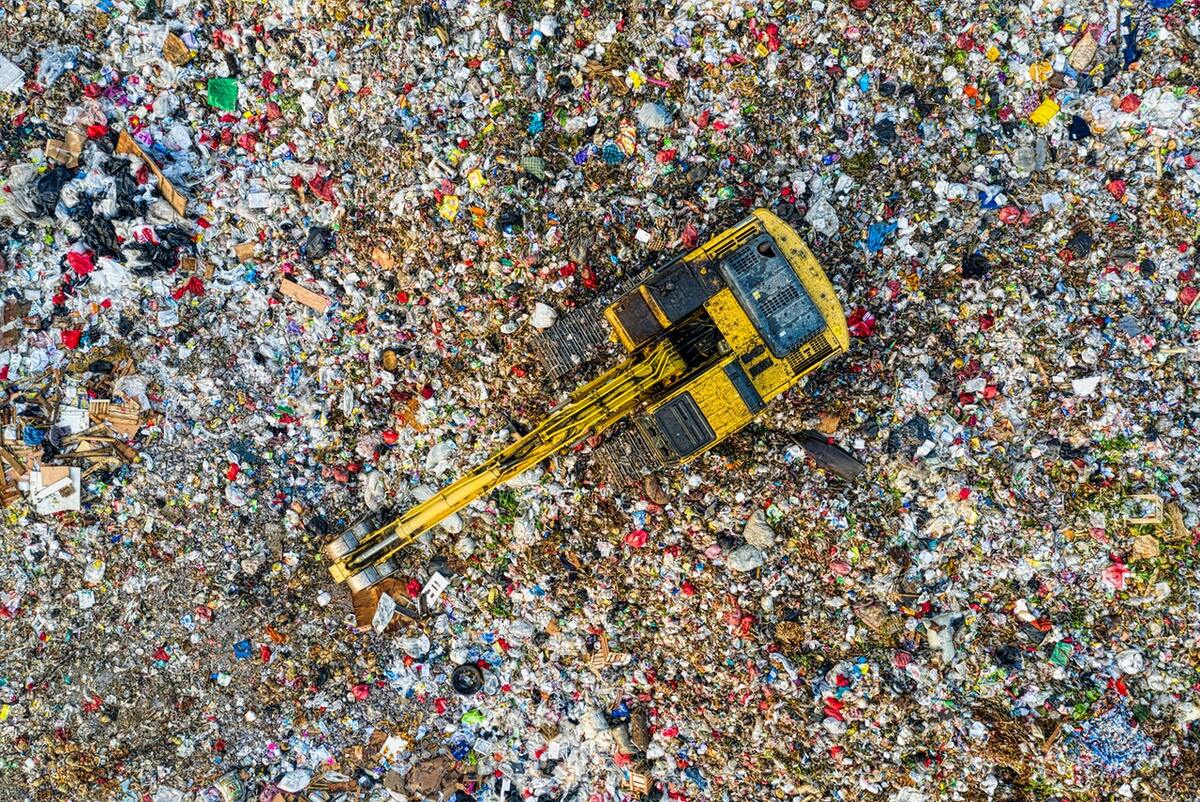Reduce Construction & Demolition Waste in Project Planning

Minimizing waste is a worthwhile initiative in any industry. Using fewer materials saves money, improves productivity, and makes a company more sustainable, which any company would benefit from. In construction, though, the need to reduce waste is more pressing.
In 2018 alone, the U.S. generated 600 million tons of construction and demolition waste. Considering rising material costs and the industry’s tendency to go over budget, that’s a significant monetary concern as well as an environmental one. Thankfully, there are a few ways to tackle this problem.
Here are five ways construction companies can reduce their waste in project planning.
1. Use BIM to Prevent Rework
Building information modeling (BIM) is one of the most helpful tools construction professionals have today. Many of these project modeling solutions include clash detection, which highlights potential problems so teams can fix them before they happen. By using these tools to prevent mistakes, crews avoid rework and save materials.
Median-performing companies spend 1.2% of their sales on rework. That might not seem like much, but that can add up to millions of dollars by the end of the year. In contrast, if companies used BIM to reduce rework, they’d save millions. Running clash detection to avoid these mistakes is a must for any team looking to reduce waste.
2. Order Only What You Need
Another way projects generate waste is by ordering too much, often in an effort to prevent delays. Planning for redundancy helps stay within time estimates, but it almost always results in waste. Instead, teams should order only what they need, minimizing what’s left over at the end.
Construction projects rarely go exactly according to plan, so this can be a challenge. Using BIM will help, as it gives more accurate estimates and prevents rework, making it easier to place accurate orders. Teams should also work more carefully, as avoiding mistakes will help use as few materials as possible, staying within what’s already on hand.
3. Find Recycling Partners
Even top-performing construction companies will end up with some waste. When this happens, though, teams can still mitigate its environmental impact. In the planning phase, project stakeholders should find and partner with recycling companies who can ensure their waste doesn’t end up in landfills.
Getting these partners sorted out in planning helps find the best possible solution. Some recycling services will even pay for some scrap equipment, helping teams mitigate the cost of their waste. If construction companies find and partner with these businesses early, they can build cost-efficient, effective recycling relationships.
4. Establish Effective Communication Systems
Communication may not seem related to waste, but it’s a crucial detail to consider in planning. When teams communicate more effectively, they’ll be less likely to make mistakes. Having fewer mistakes translates to less required rework, which means less waste in the end.
Technology is an indispensable resource here. Digital tools enable different stakeholders to share updates and questions quickly and efficiently, centering everything around a single source of truth. Digital twins of a project can keep everyone on track about its progress. Make sure to schedule regular meetings, too, to further ensure communication.
5. Look for Minimal Packaging in Materials
The materials themselves aren’t the only source of waste in a construction project. One often overlooked but prominent area of waste is the packaging that materials and tools come in. Containers and packaging accounted for more than 14 million tons of plastic waste in 2018, more than any other category.
When planning a project, construction companies should look for material suppliers that use minimal packaging. Forgoing packaging altogether isn’t always an option, as it can protect materials in transit, but many suppliers offer enough packaging for protection without going overboard. Partnering with these companies can help reduce plastic waste associated with material ordering.
Proper Planning Can Keep Waste to a Minimum
Considering waste in the planning phases can prevent problems before they arise. As companies continue to engage in these practices, they can see what works best and tailor their approach for future projects. Before long, they can drive their waste down to a minimum, becoming more profitable and sustainable in the bargain.
The construction industry’s waste problem is substantial, but it’s not impossible to solve. These five steps can help teams on any project produce as little waste as possible. The companies and the environments they work in will be better for it.



